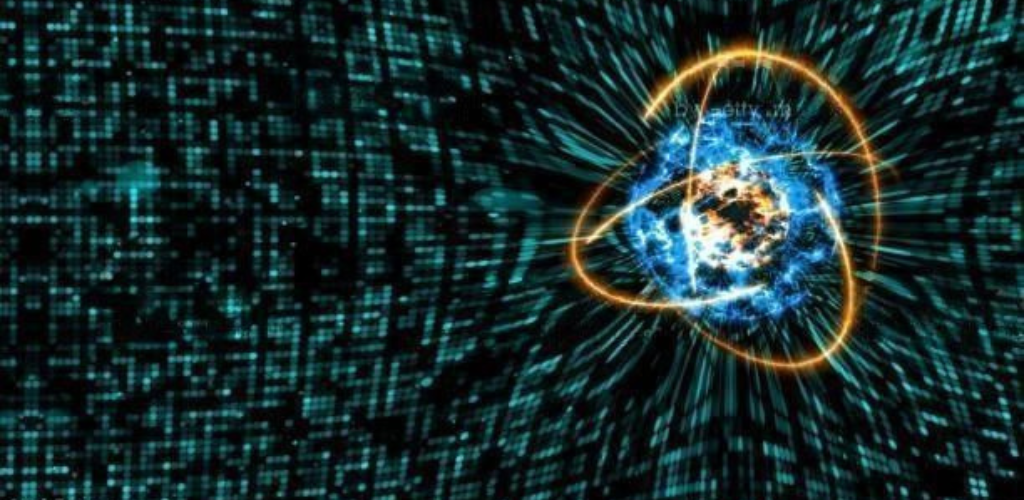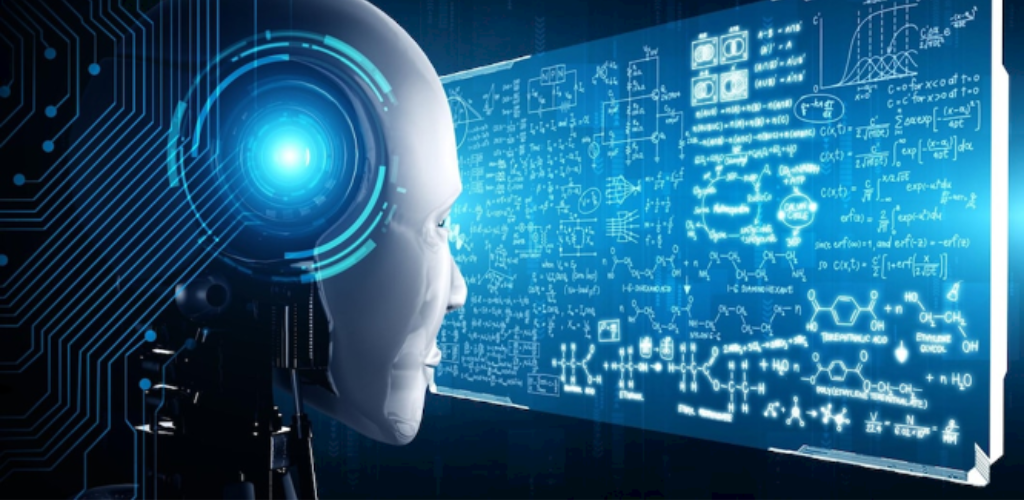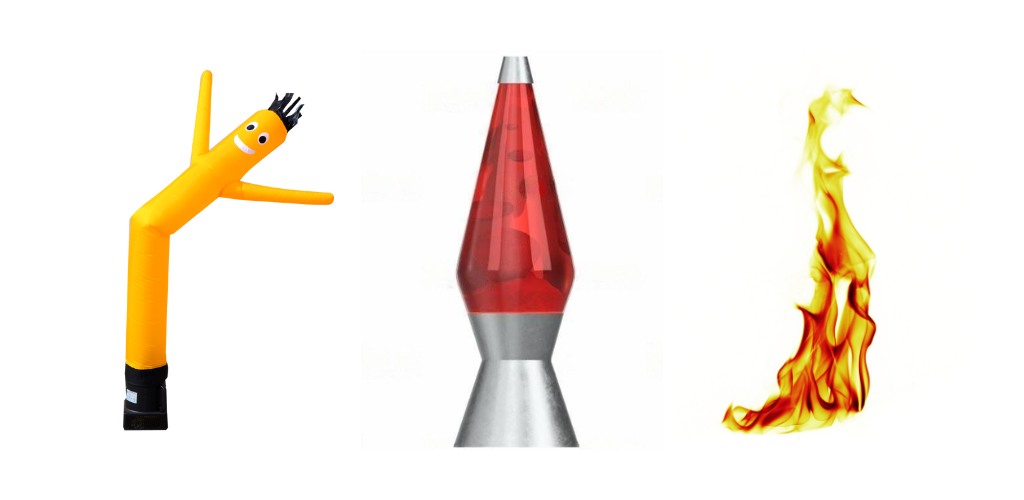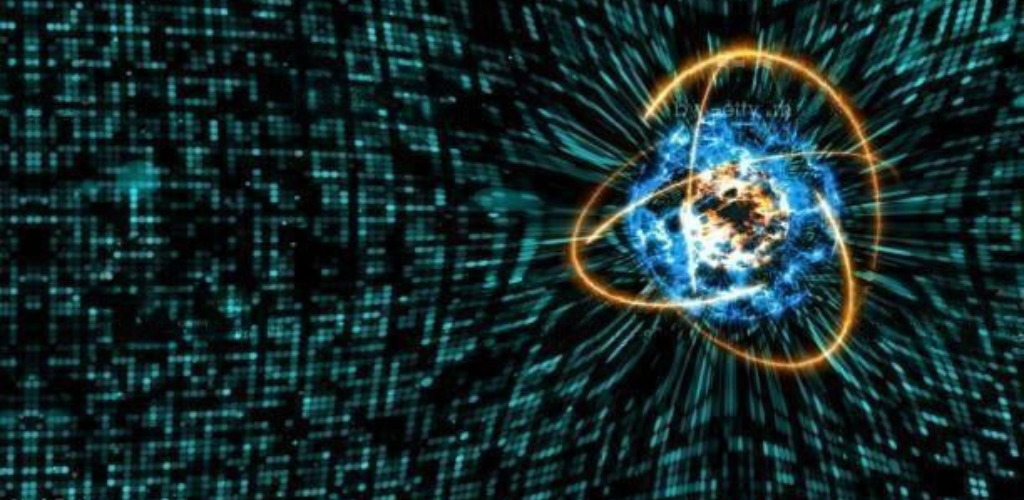
For the past 40 years, our physicists have run only into dead ends. This great stagnation in the field of physics has seen almost no new discoveries in recent times. If you take a closer look, you’ll find no real progress being made after the standard model of particle physics was completed in the 1970s. We have only been able to confirm pre-existing theories but have not found anything beyond them. Concepts that have been known for more than 80 years, like Quantum Gravity, Dark Matter, and Quantum Measurement problems, still remain unsolved. This might not sound alarming, but if we fail to consistently progress in scientific fields, the development of the human race will reach a standstill.
But what is the reason behind this stagnation? Has physics changed but the methods of our scientists haven’t? Could changing our approach lead to new horizons? To everyone’s relief, the answer to the second question is a ‘YES.’ The latest experiments confirm that the problem lies in the methodology of discovery. The answer lies in discovering new variables in physical dynamic systems and interpreting their meaning. These recent experiments have shown that there are plenty more variables, even in simple dynamic systems, that we thought were completely understood.
This only goes to show that our perspective of physics needs to change. Maybe we need to look at physics differently, in an alternative fashion, which will increase our scope of vision. To get there, we need to discover and learn the true meaning of state variables hidden in different physical phenomena, something which might be easier through the use of Artificial Intelligence.

Every major discovery in physics was possible because of the pre-discovery of the variables involved. Be it Albert Einstein’s E=mc², where the variables Energy, Mass, and Velocity were already known, or the Laws of thermodynamics which were discovered only after concepts such as temperature, pressure, energy and entropy were formalized. We know the approach: Find new variables, establish relationships and discover new physical concepts. But the process of discovering new variables within a dynamic system has got scientists toiling for decades, and this is precisely where AI can step in and save the day.
The problem with finding new state variables
Even a simple system may appear enigmatically complex unless we understand its variables. There are two major problems that make finding new variables so problematic are:
- A set of state variables for modeling any system is hidden
- There is no unique set of variables which means multiple sets of variables exist for any given system
Example: For the pendulum, the typically preferred state variables are: Angle of the arm q1 = θ & angular velocity of the arm q2 = ˙θ. However, alternative sets of state variables, such as kinetic and potential energies of the arm, could also be used.
What do recent experiments tell us?
Many recent theories and hypotheses have been pushing the idea of how AI and Machine Learning programs can help scientists discover new state variables. However, what stands out is a latest study by Columbia Engineering’s roboticists which is making heads because of the discovery of extraordinary possibilities that can help us overcome this stagnation.
Not only did this study comprehensively demonstrate how AI can be the most helpful tool in the field of discoveries, but it also made scientists question how we look at physics.
What was the experiment?
Researchers at Columbia Engineering designed a new AI program to observe physical phenomena through a video camera. The end goal for the AI was to search for fundamental state variables from its observations that would fully describe the observed dynamics.
They started their experiments by feeding the AI footage of a swinging double-pendulum, a physical phenomenon that was already known by physicists to have exactly four variables. The output by AI was .47, meaning it detected 4.7 variables. The researchers considered this answer quite accurate, given the program had no prior knowledge of physical concepts and geometry.
But the researchers wanted to know more about the nature of these variables and not just their numbers. After hours of analysis, they were able to decode the AI’s language and understand what these variables were. To their surprise, two variables loosely corresponded to the angles of the arms, while the other two remained a mystery.
“We tried correlating the other variables with anything and everything we could think of: Angular and linear velocities, kinetic and potential energy, and various combinations of known quantities,” explained Boyuan Chen, who led the work.
Those variables remained a mystery as they never matched with any known quantity, but at the same time, the research team was convinced that the model identified valid sets of variables because it was making good predictions and giving accurate results.
This was a great moment of epiphany, with the researchers starting to understand how there lies an entirely different dimension of understanding that we as humans have failed to understand.
Diving deeper
The researchers at Columbia Engineering validated the AI program by running several other physical systems with known solutions. They were now ready to test the AI with videos of physical systems to which explicit answers and variables are unknown. This is how the the AI reacted to different phenomena:
| Phenomenon | Variables returned by AI |
| Undulating ‘’Air Dancer’’ placed in front of car dealership | 8 |
| Lava lamp | 8 |
| Flames from a fireplace burning | 24 |

Key takeaways from this exercise
- The number of variables was the same for each phenomenon, every time the AI program was restarted
- Specific variables were different each time, meaning there could be alternative ways to describe the physical universe
“I always wondered, if we ever met an intelligent alien race, would they have discovered the same physics laws as we have, or might they describe the universe in a different way?” said Hod Lipson, the director of the Creative Machines Lab in the Department of Mechanical Engineering, where the research was primarily conducted.
How AI can help us
Determining the state variables in a physical system from raw observation data is a crucial first step in discovering physical laws. But doing so takes a tremendous amount of time and effort. These types of experiments show that we can find a way to distill a set of complete and non-redundant Neural State Variables from raw visual observations using AI and ML programs.
What other laws are we missing, simply because we don’t have the variables?” questions Qiang Du, who co-led this work, while Lipson argued that scientists and physicists are facing this stagnation simply because they are failing to interpret a set of variables for physical phenomena.
Though one thing is clear: We need automated tools for scientific discovery that could help distill raw sensory perceptions into a compact set of state variables and their relationships. This would immensely accelerate the process of research and help us discover new frontiers.


